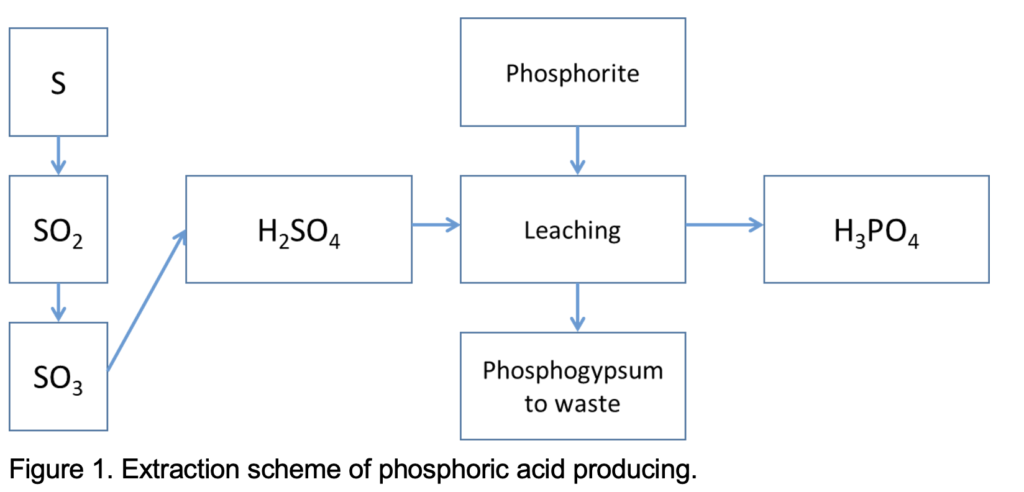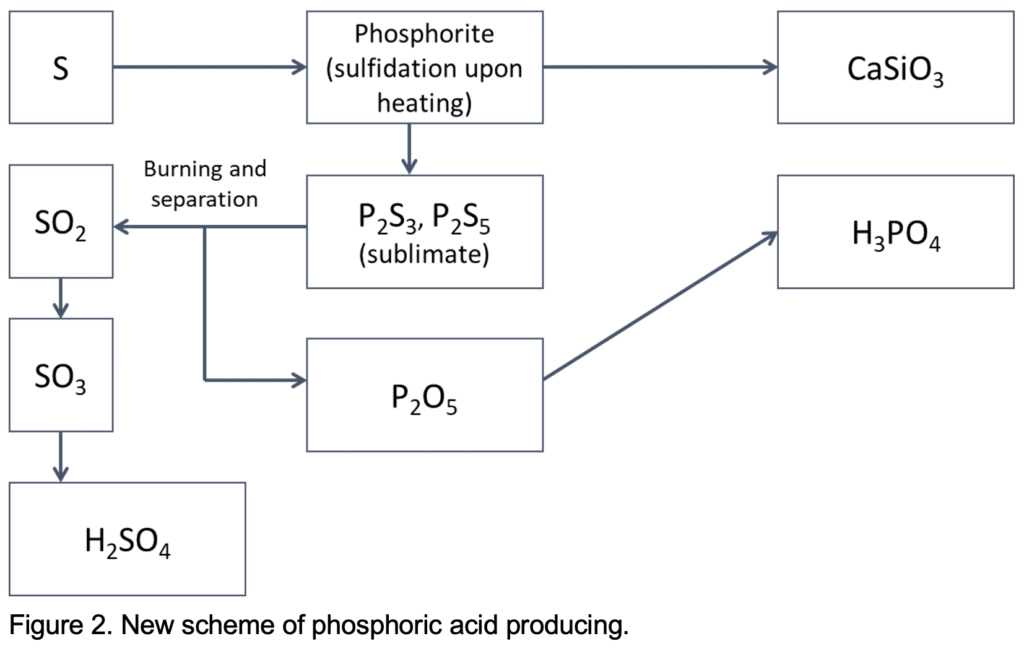Lately, phosphorus fertilizers supply is highly affected by their shortage, as well as rapidly rising costs. Since 2020, phosphorus fertilizers prices had increased by 400 percent!
Life Element
Phosphorus is one of the six chemical elements constituting life forms. It is involved in the structure of DNA and RNA, cell membrane, bones and teeth. But, unlike the other “life elements” such as oxygen, hydrogen, carbon, nitrogen, and sulfur, in earth-crust, the phosphorus occurs in insoluble minerals. That is why animals and plants replenish their needs in phosphorus at the expense of other organisms, their dead tissues or vital activity products.
Particularly abundant is phosphorus in black soil rich in organic compounds. However, the most fertile soil eventually becomes exhausted, and it needs periodic fertilizing. People have been knowing this from the ancient times. In the agricultural societies farmers used compost and manure. The Native Americans and Australians used to burn grass and mix ashes with the soil. In Europe, until the middle of the 19th century bone flour had been widely used.
First Fertilizers
In the 1840s, near Cambridge, English geologists found phosphorus-rich coffee-colored round formations in sedimentary rocks, which turned out to be phosphorite. Through the decades more than two million tons of phosphorites were mined. They were sorted, washed, ground, and treated with acid to form superphosphate – a first chemical fertilizer.
Phosphate ores made an agricultural revolution. For the first time it made it possible to produce food almost in every place on the planet where there was sufficient water. Starting from this moment mankind started to enhance rapidly and totally depend on the fertilizers. The phosphorites were added to the soils and to cattle and poultry food. Hundreds of geologists explored the Earth searching for new deposits of “fertility stones.”
Phosphorite Boom
In the 1870s on the East Coast, in Charleston, the first phosphate mines were discovered. After 10 years, the geologist found large deposits in Florida. Still, a considerable amount of the phosphorus for American agriculture is being delivered from there.
Massive phosphorite deposits were found in the Western United States, in China, in the Middle East, in Europe, Africa, Australia, and in the Atlantic Ocean and Baltic Sea. This had an important role in the 20th century during the “Green” Revolution when more productive crops became available.
World Phosphorus Crisis
While geologists had been discovering new deposits and fertilizer plants increased capacities, there was no need for worries. A first warning sign was in the 1990s when the phosphorite source in the tiny Pacific island Nauru, which provided fertilizer for Australia and New Zealand, ran out. After that the phosphate industry in the USA decreased. The major exporter of this product became an importer.
A real “phosphorus catastrophe” happened in 2008 when due to global economic crisis and rumors on the exhaustibility of raw material resources phosphates prices increased by 800 percent.
Historically, phosphorus fertilizers used to be cheaper than those potash or nitric that required natural gas. This resulted in strong dependency for developing countries. Now, even phosphates became expensive. The hunger threat of the 21st century came upon Africa and Southeast Asia.
Since 2020, the market is in a fever again. The situation particularly worsened during the last months. Due to supply-chain disruption, export bans, and sanctions politics, phosphates prices increased four times.
In addition to the political aspects, there are certain technological reasons for the high prices of the fertilizers. Obviously, researchers should find a way to cheapen phosphate fertilizers production. Kazakhstan is not among the world leaders of phosphorus mining, export, or consumption. Nevertheless, Kazakhstan has a phosphorus industry of the two main ways of fertilizer production – extraction and thermal – and has a lot of researchers in this field. This is why the Kazakh researchers may potentially develop new technologies.
Extraction processing consists of decomposition of the phosphorites using mineral acids (mainly sulfuric) and is considered more efficient and eco-friendly. However, the phosphoric acid obtained during the process is rather diluted, which requires evaporation in order to concentrate the phosphorus. This expectedly enhances the carbon footprint.
In the present work, we propose a more cost-saving method allowing cheaper phosphoric acid production.
A conventional extraction scheme is following:
Ca5F(PO4)2 + 5 H2SO4 + nH3PO4 5 CaSO4 + (n+3) H3PO4 +HF
2Ca5F(PO4)3 + 7H2SO4 + 3H2O 3Ca(H2PO4)2·H2O + 7CaSO4 + 2HF
Main expenses: 2 tons of sulfuric acid for 1 ton of fertilizers.

The scheme shown in Fig.1 may be significantly improved by changing the sequence of operations with sulfur. Instead of burning out the sulfur to the sulfuric acid for the phosphorite decomposition, it may be used for sulfidation of the phosphorus oxides to form P2S3 and P2S5. Then, burning of these sulfides results in SO2 and P2O5. The difference of their properties allows to easily separate them and to direct to the formation of sulfuric and phosphoric acids, respectively. In this way we don’t spend 2 tons of the sulfuric acid to obtain a ton of the fertilizers, but obtain them as a by-product. The proposed new scheme is shown in Fig.2.

Analogous to the proposed process is a widely studied in Kazakhstan reaction of sulfidation of arsenopyrite concentrates.
FeAsS + FeS2 + H2O As3S2 + As4S4 + AsS + As4 (at 800 – 1000 K)
Endothermic reaction for the phosphorite is following:
P4O10 + 15S P4S10 + 5SO2 – 889 kJ
There are ways to decrease the heat consumption for this reaction.
Not only phosphorus oxidation reaction has a huge thermal effect, but the binding of calcium and phosphorus oxides as well. Likewise, besides the sulfur oxidation reaction, the binding of the calcium and sulfur oxides has a huge thermal effect. This is a theoretical basis for the exothermic process.
Complete sulfidation of the phosphorite is highly endothermic:
2Сa3(PO4)2 + 24S 6CaS + P4S10 + 8SO2 – 2238 kJ.
Incomplete sulfidation (with formation of calcium sulfate) is nearly twice less endothermic:
2Сa3(PO4)2 + 16S 4CaSO4 + 2CaS + P4S10 – 1241 kJ.
If air oxygen is added in amount sufficient for the calcium to totally bind into the sulfate we obtain an exothermic effect:
2Сa3(PO4)2 + 16S + 4O2 6CaSO4 + P4S10 + 445 kJ.
Upon fulfillment of the new processing there are technical tasks that are yet to be solved, particularly, a fine air control or possible side reactions. But regardless of this, a predictable result is significant cheapening of the phosphorus fertilizers production for the benefit of humankind. The authors are open for promising collaboration proposals.




